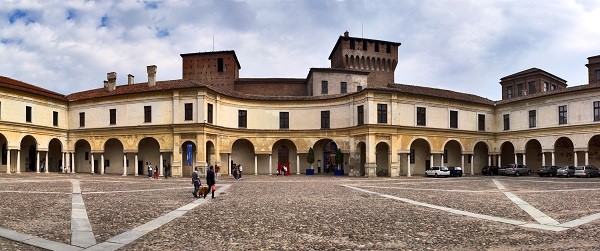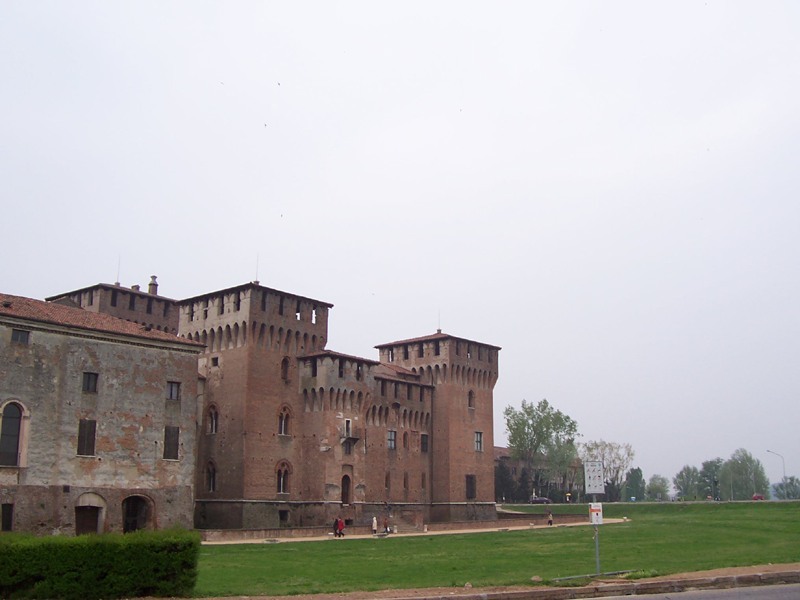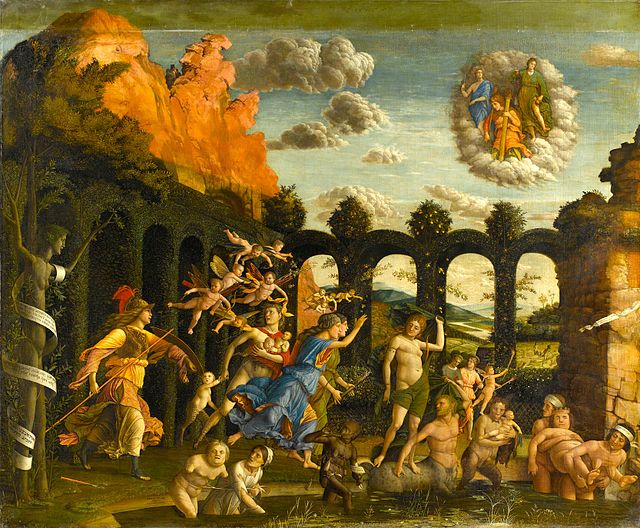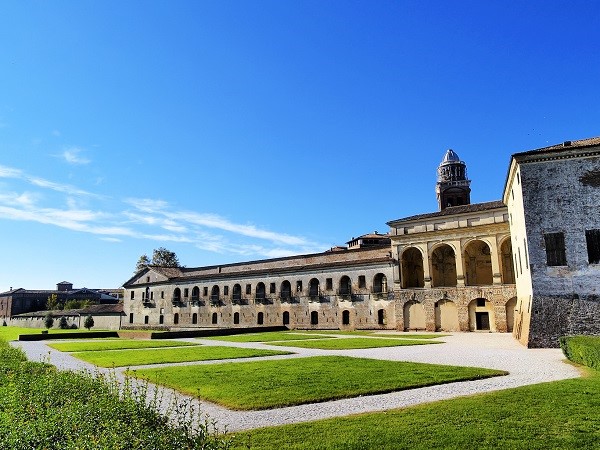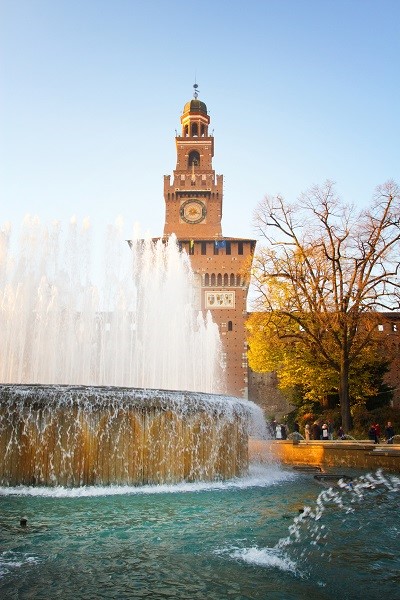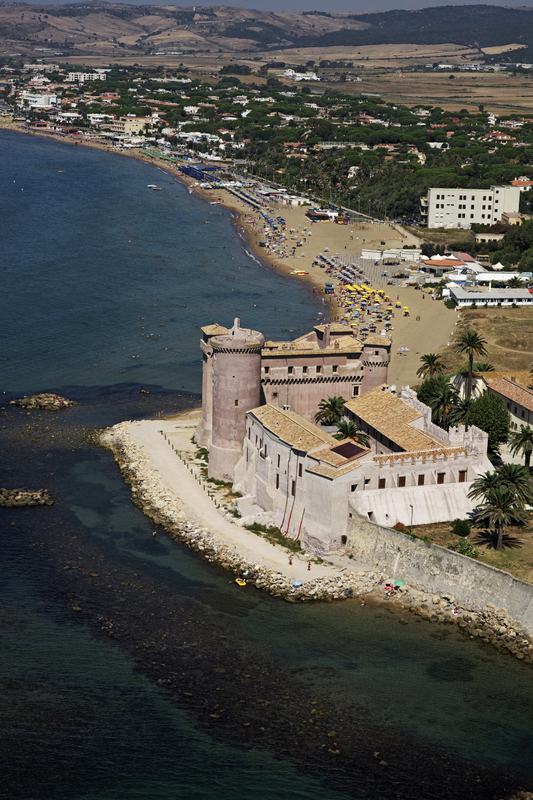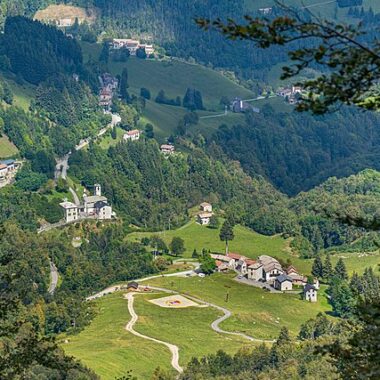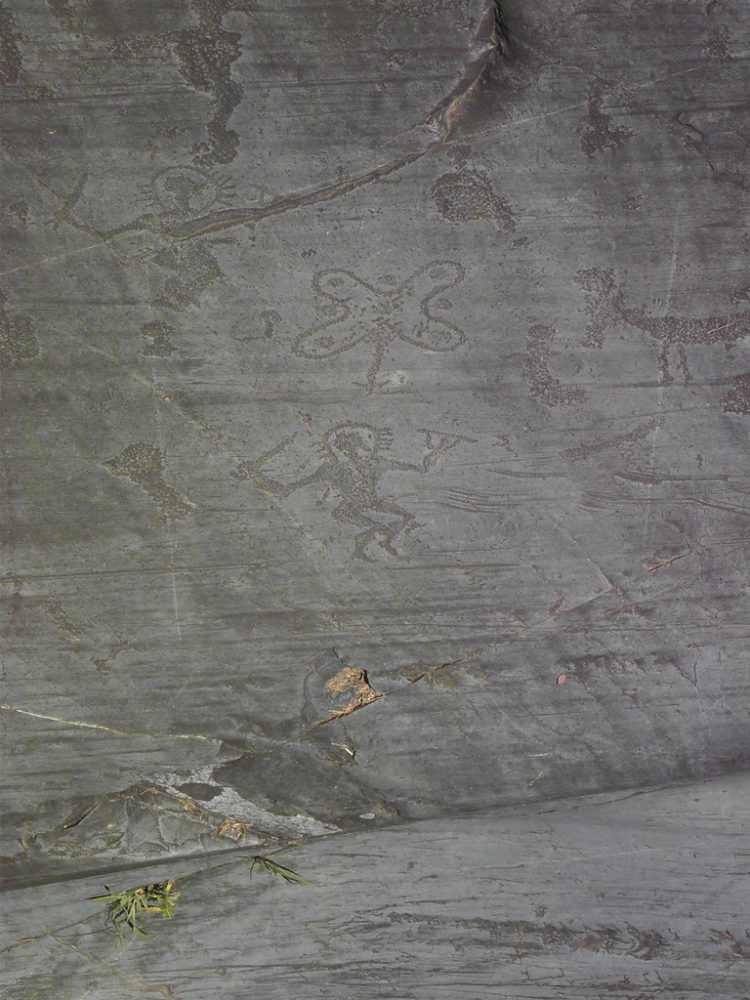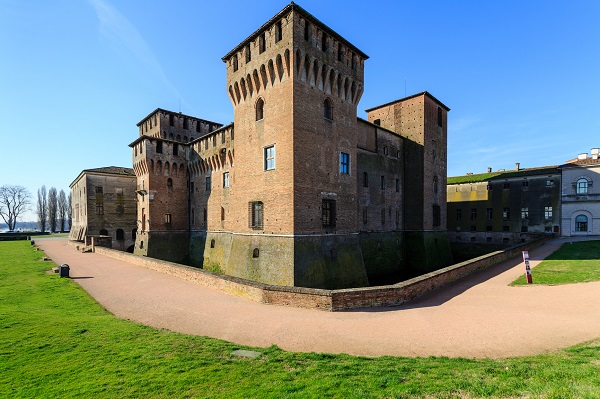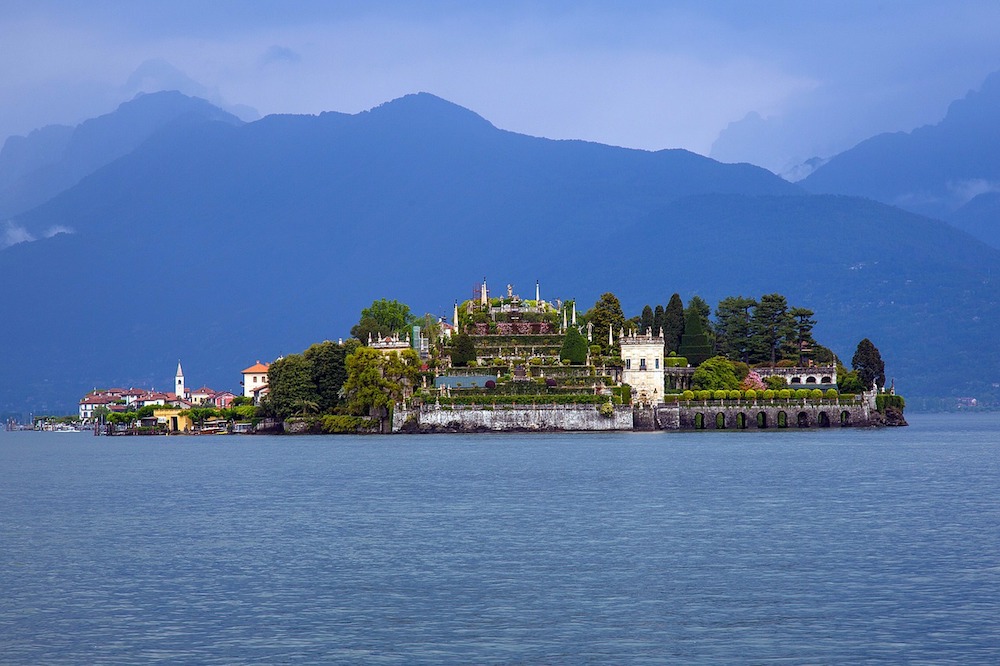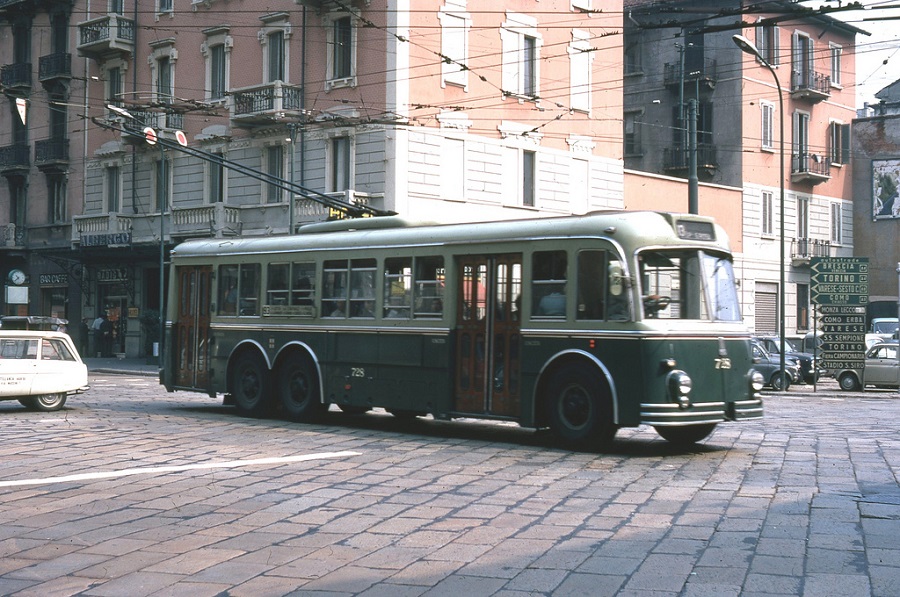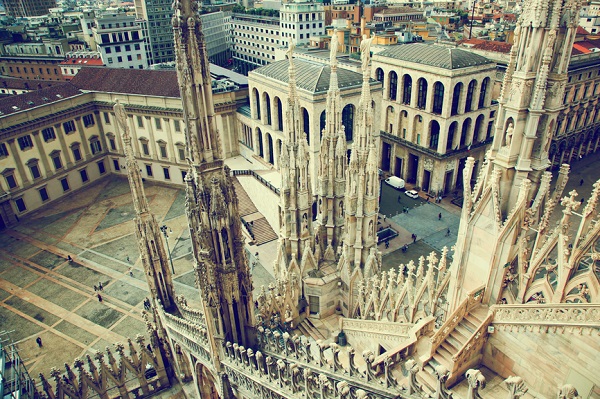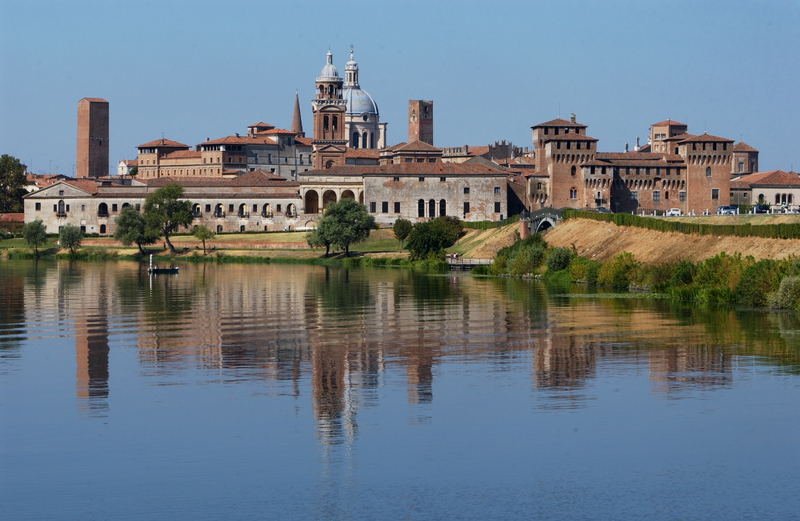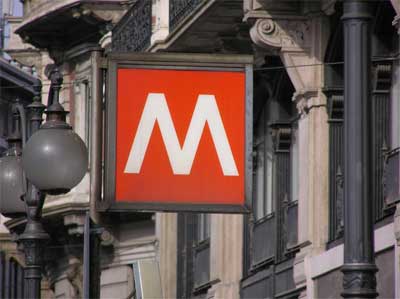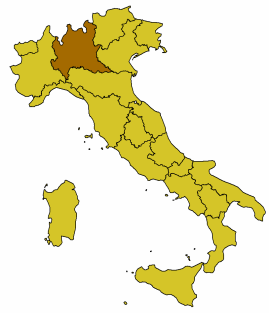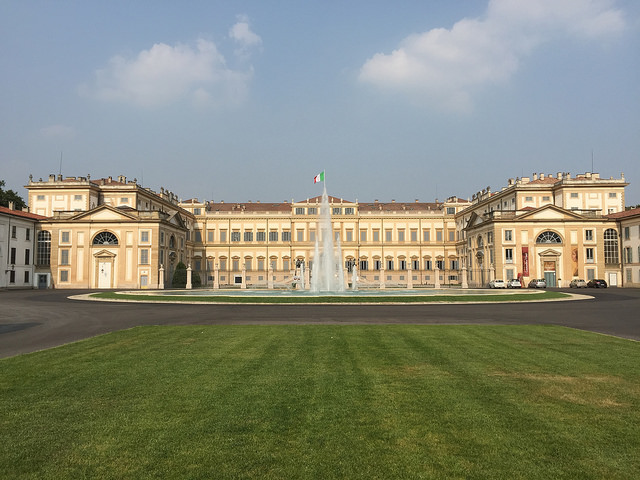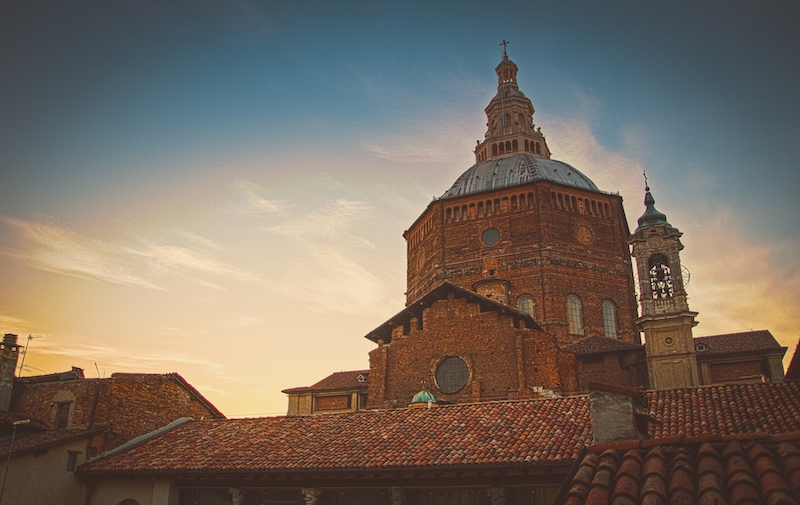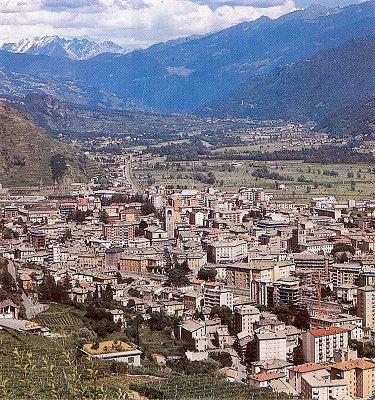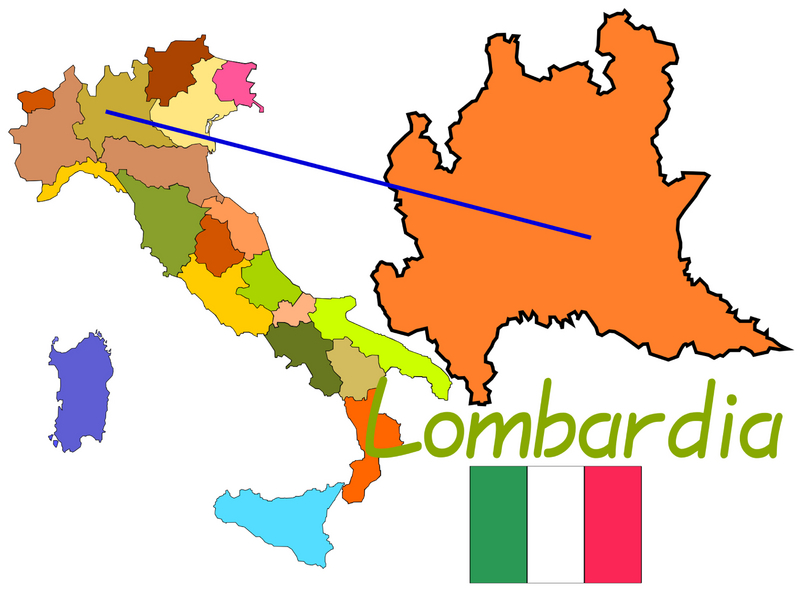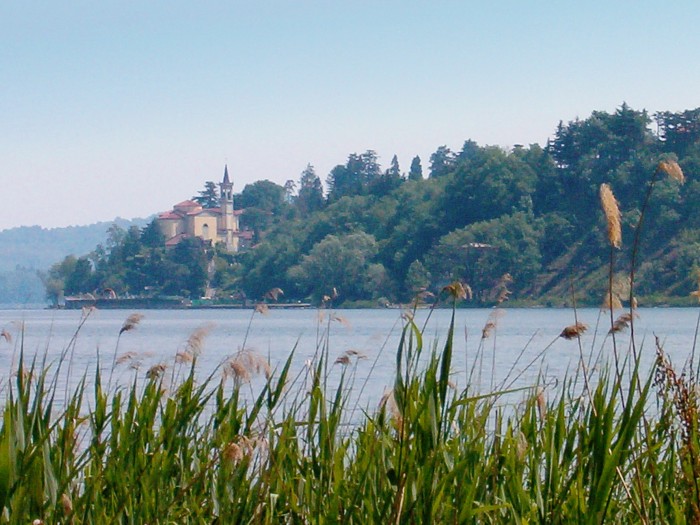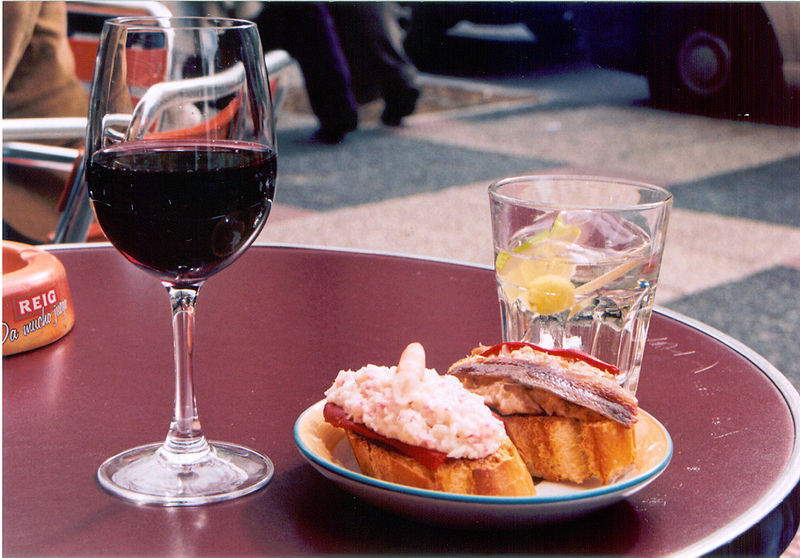The Reggia dei Gonzaga or the Palazzo Ducale is located in the city of Mantua, or Mantova. The palace is, in fact, a group of buildings located between Piazza Sordello and the shore of the bottom lake in the north east side of the city. The entire structure is made of a large number of gardens, courtyards and buildings. The structure used to be formed by a series of different buildings, which were then joined in an organic fashion in the 16th century, when the palace evolved into a single large architectural complex, occupying an area of 35,000 square meters, one of the largest in Europe.
The palace was turned into a private residence in the year 1328 by the Gonzaga family, when Duke Charles Ferdinand was sent to exile. It was abandoned in the 19th century and was only later restored to make it a state museum.
The History of Palazzo Ducale
The oldest set of buildings in the complex is that overlooking Piazza Sordello. These include the Magna Domus and the Palazzo del Capitano, built by the Bonasolsi family, who dominated the city between 1273 and 1328. Several new buildings were then added to the complex by the Gonzagas. Various beautiful frescoes were added in the 14th century by Pisanello. The frescoes, whose deterioration made them at risk for a long time, were restored in the 20th century.
One of the best known sections of the palace is the castle of San Giorgio, built between 1395 and 1406, under the supervision of Bartolino, an architect from Novara. The castle became the residence of the Gonzagas. Just as it happened for other areas of the Palace, the castle was left in a state of disrepair for a time, penalizing the condition of much of its wall art. Thankfully, the majority of a wealth of frescoes from the 14th century, especially those of the Camera degli Sposi (one of the castle’s best known chambers), as well as those on its piano nobile, have been now restored.
1480 sees the beginning of the works on the Domus Nova (the New Home, literally), built near the Corte Vecchia (or Old Court). Vincent I was to renew the building, only about 100 years later. The Domus Nova is not the only addition to this ever growing complex in the 16th century: architect Giulio Romano created the Corte Nuova (the New Court) for Federick II between 1536 and 1539, when its first nucleus, the Appartamento di Troia was built. Throughout the 16th and 17th century, more apartments were added or improved. Starting with the 1700s, however, no additions were made and, slowly but steadily, the complex fell in disrepair until the beginning of the 20th century, when restaurations began.
Castle Structure of Castello Ducale dei Gonzaga
The Old Court
The oldest building in the complex is the beautiful Palazzo del Capitano, which overlooks Piazza Sordello. The building was created by Guido Bonacolsi. Initially, the palace was built over two floors and stood separate from the Magna Domus. In the 14th century, the Magna Domus was united with the Palazzo del Capitano through a large porticoed façade. The interior was also modified and a large living room was added on the second floor.
The Vecchia Corte also includes the Apartment of Isabella d’Este (also called the Widow Apartment) and the Apartment of the Tapestries. In the Apartment of Isabella d’Este there are two paintings by Andrea Mantegna.
The Galleria degli Specchi
The Galleria degli Specchi, part of the Apartment of Isabella d’Este, is where the Gonzaga family gathered to dance. There are mirrors in rectangular shapes inside this long shaped room. Large dinner tables were also arranged inside the room at one point of time, in order to serve food to the family while they danced.
The Corte Nuova
The Corte Nuova was built later, close to the Castle of San Giorgio. The beautiful Sala degli Arcieri today exhibits a collection of paintings which have been removed from the monasteries and churches of the area. The most famous is the one depicting the Gonzaga family in worship of the Holy Trinity, by Peter Paul Rubens, which belonged to the Church of the Holy Trinity. Unfortunately, many of the works of art that used to enrich the halls of the Palazzo Ducale are today scattered around the world.
Sala di Manto
The Sala di Manto is located within the Nuova Corte. Originally, the room was the entrance to the Appartamento di Troia, which was named so due to the frescoes found in the main hall. These frescoes were painted in 1538 by Giulio Romano, following the will of Federico II Gonzaga to renovate various rooms of the palace. The present-day appearance of the rooms is the result of other modifications, wanted by Guglielmo Gonzaga.
Santa Barbara Palatine Basilica
The Basilica di Santa Barbara was built in 1562 on the orders of Guglielmo Gonzaga, who assigned the responsibility to Giovan Battista Bertani. The church was conceived as the central place for Mantova’s religious ceremonies. In recent years, an important discovery has been made in the church: the remains of four Gonzaga dukes, along with members of the ducal family, including Guglielmo, were found resting in the church. For this reason, the Basilica is today known also as the Pantheon of the Gonzaga family.
Castello di San Giorgio
The Castello di San Giorgio was built between 1395 and 1406. Here you will find the Camera Picta (the “painted room”, in Latin) or Camera degli Sposi (the “bridal room” in Italian). This is, in fact, one of the best known and most precious parts of the palace, enriched by the paintings of Andrea Mantegna.
As it is evident from the wealth of culture and art contained within the walls of the Castello Ducale dei Gonzaga, a tourist in love with Italian history and culture would do well to pay Mantua, Mantova a more than cursory visit and enjoy all the beauty that lies in this quaint, gorgeous town.

